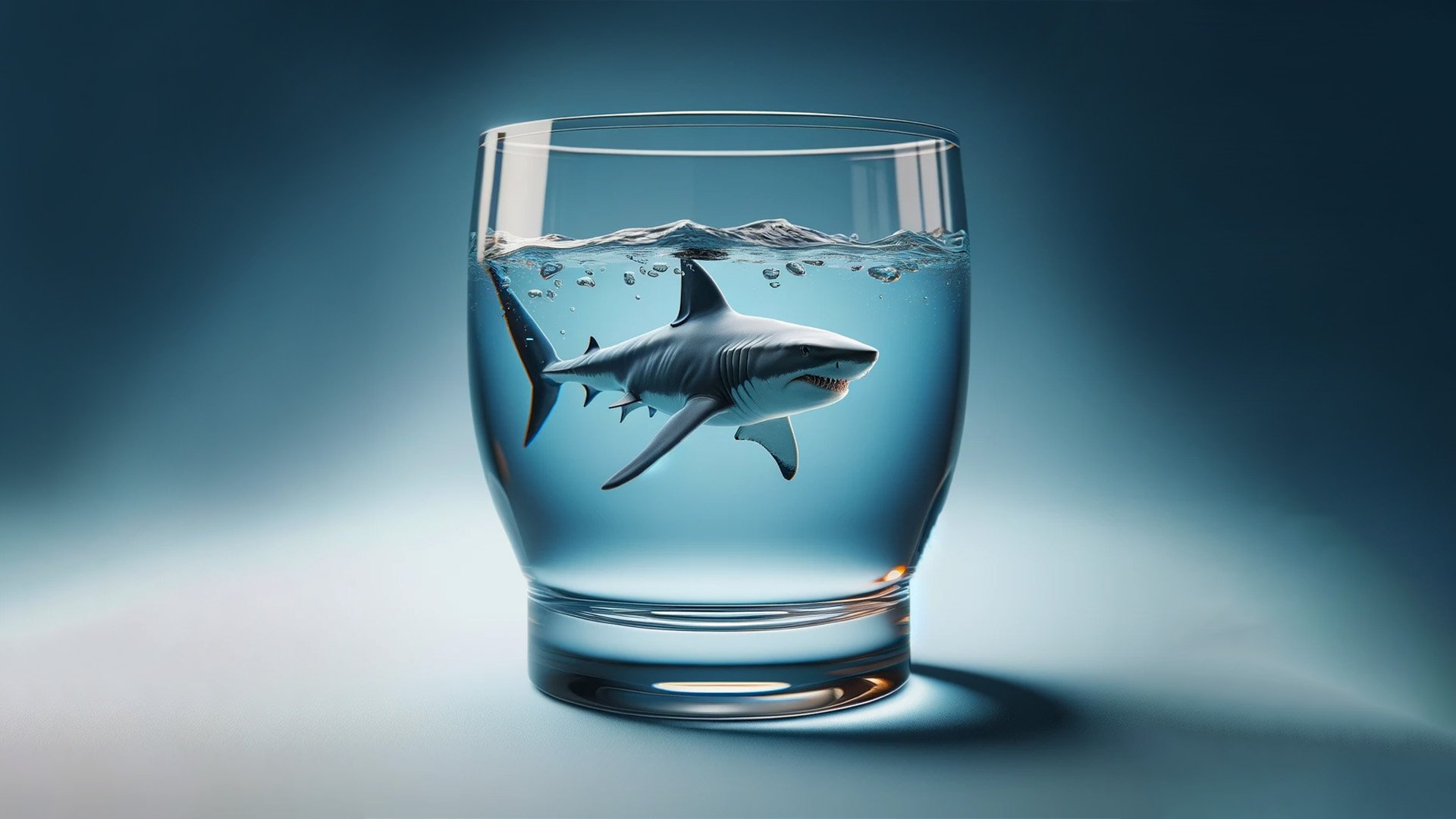5 Steps To Ace Your Hydration. Time To Get Back Into Water?
Follow this guide to hydrate yourself to become the best human you can be.
THE BRIEF
Time to read: 2 minutes 40 seconds
Time to action: 10 seconds
Mantra: “The method for health promotion is based on water, as flowing water never grows stale. The idea is not to overdevelop or to overexert, but to normalize the body's function.” - Bruce Lee
Main message: Be (more like) water, my friend
Stat: A measly ‘22% of us drink enough water a day’. Now coffee, on the other hand…
One of the many joys about hitting the magic 4-0 is recognising that energy drinks are terrible. The joy of drinking is still there, but it’s balanced by the awareness of what a post-energy drink hangover feels like. Many of us in our 40s overlook the fact that a considerable number of aches and pains can be attributed to dehydration. Drinking water also improves your energy levels, boosts metabolism and helps with digestion. It can make you feel as though you’re in your 20s.
Yes, believe it or not, water at the right temperature and in the right amount at the right time can give your 40-year-old body chemistry a boost. It’s cheap (outside of an airport) and plentiful - so far. Also, it is super easy to maintain and has the quickest effect on your physiology you could hope for. So, for the fastest of all fitness fixes, just follow these simple guidelines and feel better in a day.
Get back into water.
Step 1: Hit and myth about water
To get started, there is ‘some’ truth in the idea that you need 8-glasses of water a day. More accurate would be ‘8x8’ - where each glasses contains 8 ounces (237ml). An average 40-year-old body needs around 2 litres of water a day. Not that you’re average. Drinking 13.5-17 ounces (400 – 500ml) of water two hours before training is also the best way to ensure you workout at your best.
Step 2: you are your temperature gauge
Drinking warm or room temperature water may be more comfortable for digestion and helps maintain the consistency of digestive enzymes in the stomach. But drinking very cold water can slightly increase energy expenditure as you warm the water to body temperature. It won’t help with weight loss, but it will help to fire your metabolism.
Step 3: Offset your losses
When training, continue to top up your reserves. According to the President's Council on Physical Fitness and Sports, you should be drinking 6-12 ounces of water after every 15-20 minutes while training. It can stop strain on the cardiovascular system, which impairs aerobic performance.
Step 4: Become a true cardio king
Monitor your sweat loss to understand your body's sweat rate, especially during intense or prolonged workouts. Weigh yourself before and after exercise to estimate fluid loss. For every pound (approximately 0.45 kg) lost during exercise, aim to drink about 16-24 ounces (475-710 ml) of water.
Step 5: Rectify your drainage
Add a few grains of Celtic sea salt to your water daily. This helps your body absorb and retain the water. Iodised table salt does the opposite, blocking the water from entering your cells. You can take half a teaspoon of salt each morning when you wake up, then wash it down with a big glass of water. The sodium in the drink will decrease urine output and help restore your plasma volume, according to the Journal of Sports Sciences. This tactic will also help you stop getting up in the night to visit the toilet!
Super simple, super quick - instant results. It’s guaranteed to aid performance and you’ll feel better every day you do it. Good hydration is key to being fit at 40. Or to paraphrase the great Harry Meadows, when it comes to hitting new fitness heights, ‘Be the fish that know no fear’.
DR DRAGON
A GP for an eclectic community, Dragon is a prolific author in the world of health. Award-winning for his content creation and ability to answer the ‘actual’ questions asked of him, his theories are always worth listening to in looking for those little things that can make a real difference in our lives.
Would you like to know more?
Shirreffs, S. M., & Sawka, M. N. (January 01, 2011). Fluid and electrolyte needs for training, competition, and recovery. Journal of Sports Sciences, 29, 39-46.Manore, M., & President's Council on Physical Fitness and Sports (U.S.),. (2004). Nutrition and physical activity: Fueling the active individual.https://dripdrop.com/blogs/news/youth-sports-safety-dehydration-can-amplify-cramps-strains-and-sprains
https://www.sciencedaily.com/releases/2016/10/161019122354.htm
